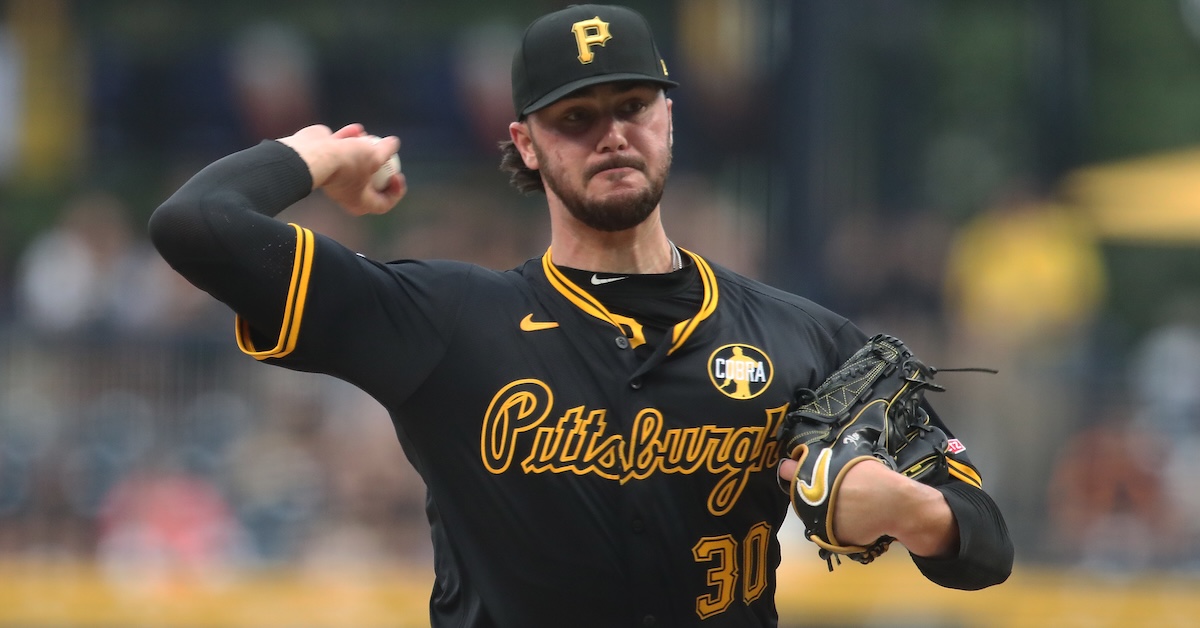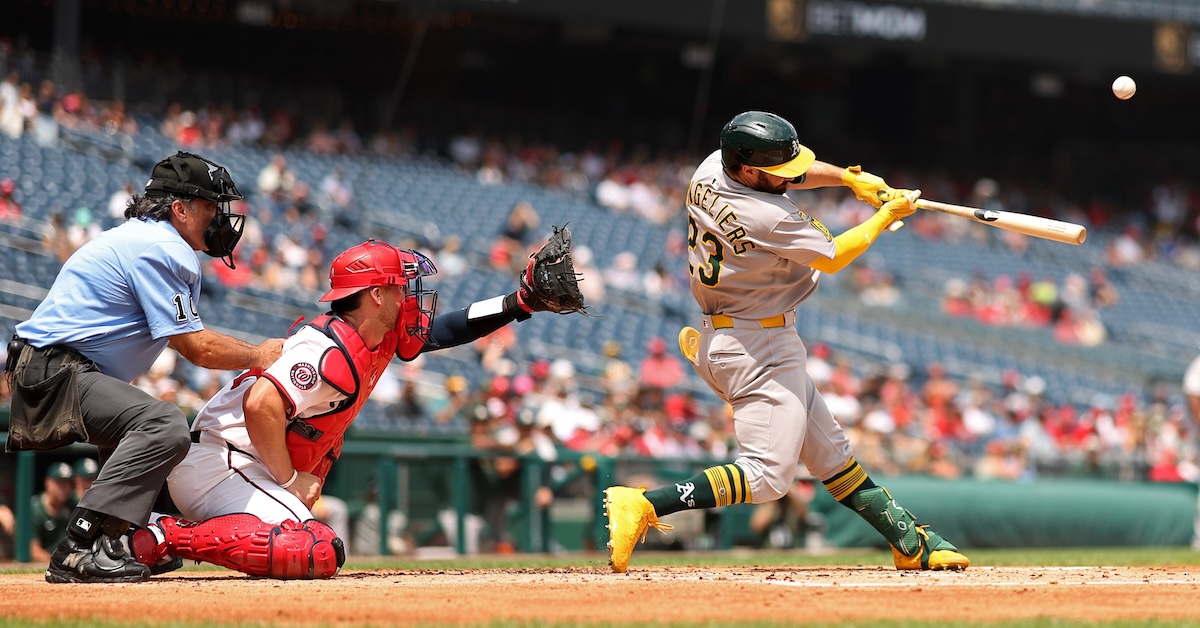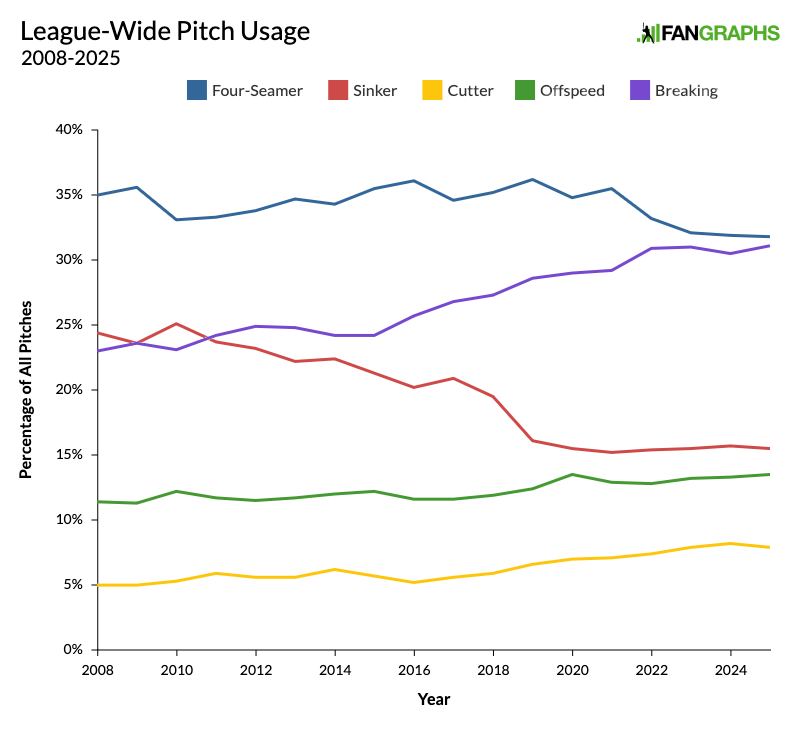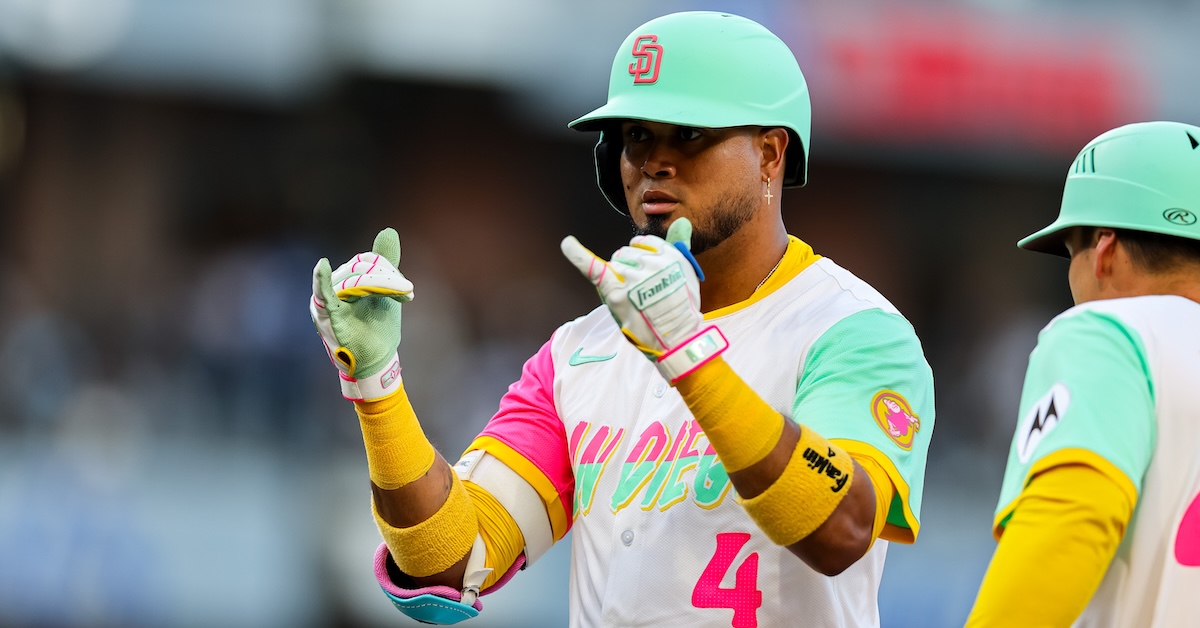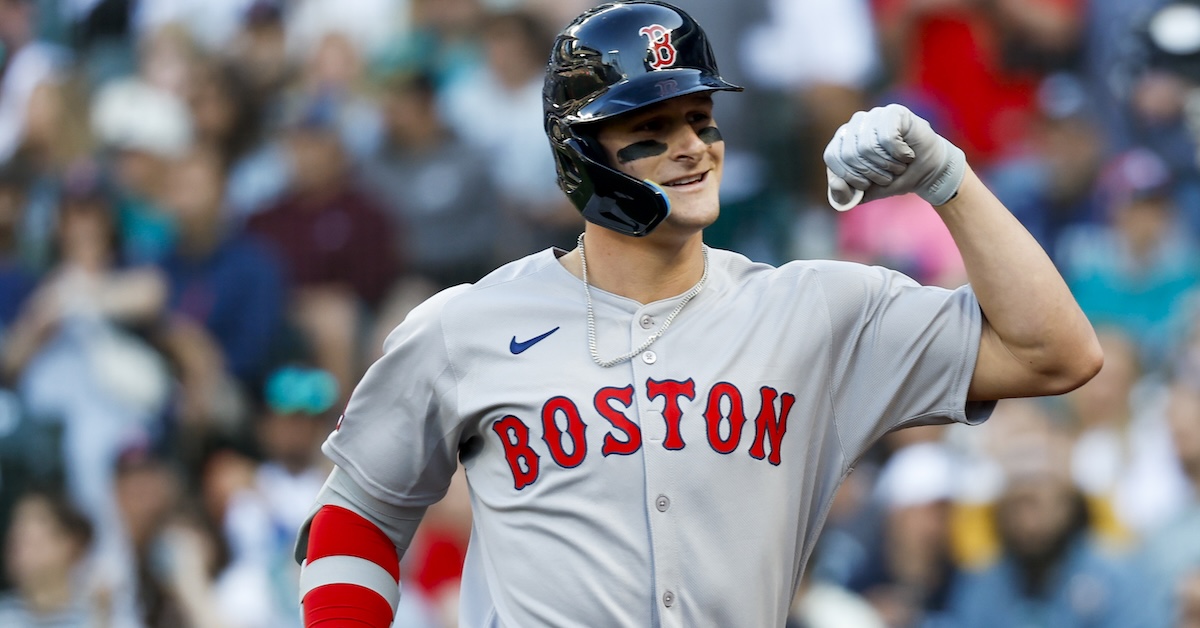Sunday Notes: Jack Dreyer Is a Dodger With a Sneaky Heater and a “Bad Slider”
Jack Dreyer has been one of the top performers on a Los Angeles Dodgers pitching staff that includes no shortage of better-known hurlers. Amid relative obscurity, the 26-year-old rookie left-hander has logged a a 2.98 ERA and a 2.95 FIP over 46 appearances comprising 57-and-a-third innings. Moreover, only Yoshinobu Yamamoto has been worth more WAR (3.5) than has the 2021 non-drafted free agent out of the University of Iowa (1.3).
Our lead prospect analyst was early to the bandwagon. When our 2025 Dodgers Top Prospects list was published in late April, Eric Longenhagen described Dreyer as “incredibly deceptive,” adding that his whippy arm action delivers a fastball that has “20 inches of due north vertical break as it explodes toward the plate.”
The southpaw’s signature pitch wasn’t seen as plus during his injury-marred Iowa Hawkeyes days.
“In college, I was always told that I have average spin rate, so I can’t really throw my fastball at the top of the zone,” recalled Dreyer, who missed much of the 2019 season with a shoulder injury, then all of 2021 after undergoing Tommy John surgery. “I was told that I had a very average fastball. I kind of believed that, but then I got to the Dodgers and they were like, ‘No, actually, your stuff is really, really good. You can live at the top of the zone because of how your pitch moves.’ So, that’s kind of how I’ve adapted my pitching, using heaters at the top, which opens up my other pitches.”
Dreyer’s secondaries comprise a curveball that he’s thrown at a 10.8% clip this season, and a “bad slider” that he’s thrown far more frequently at 45.2%. More on the latter in a moment. Read the rest of this entry »
